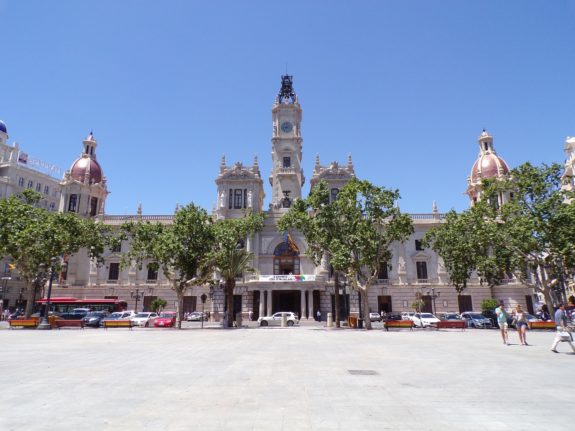With hundreds of branch closures in the last two years in Spain and an increasing number of digital services replacing face-to-face banking, many Spanish seniors feel they’ve been forgotten by their banks.
They’re suffering from the same financial exclusion as many rural communities (which tend to have older populations), forced to travel further to find another branch and struggling to access or understand internet banking.
One 78-year-old Valencian man, Carlos San Juan, has decided to give an online voice to his counterparts by launching a petition on Change.org under the slogan “I’m old, not stupid” (Soy mayor, no idiota).
“I am almost 80 years old and it makes me very sad to see that the banks have forgotten older people like me,” San Juan writes.
“Now almost everything is online… and not all of us understand machines. We do not deserve this exclusion. That is why I am calling for more humane treatment at bank branches.”
In the last year, around 11 percent of bank branches in Spain have closed down as financial institutions attempt to cut costs under the premise that there was already a shift to online banking taking place among customers.
But the problem has been around for longer in a country with stark population differences between the cities and so-called ‘Empty Spain’, with rural communities and elderly people bearing the brunt of it.
Between 2008 and 2019, Spain had the highest number of branch closures and job cuts in Europe, with 48 percent of its branches shuttered compared with a bloc-wide average of 31 percent.
READ ALSO:
- New wave of layoffs in Spanish banking sector
- How rural Spain is rebelling against rampant bank closures
“They do not stop closing branches,” San Juan explains.
“Some ATMs are complicated to use, others break down and no one solves your doubts, there are procedures that can only be done online…and in the few places where there is face-to-face service, the opening hours are very limited”.
Since the Covid-19 pandemic began, Spanish banks have closed 2,200 of their ATMs across the country. This means that there are currently 48,300 cajeros (ATMs in Spanish), levels not seen since 2001.
READ ALSO: Spanish banks’ ATMs are disappearing or being replaced: What you need to know
“You have to ask for an appointment by phone but you call and nobody picks up… And they end up redirecting you to an application that, again, we don’t know how to use. Or they send you to a distant branch that you may not have a way to get to.
“I have come to feel humiliated when asking for help at a bank and being spoken to as if I were an idiot for not knowing how to complete an operation.
“This is neither fair nor humane,” San Juan concludes.
These are problems that people of all ages who know how to operate internet banking can empathise with, as not all processes can be done online and Spanish banks have never been renowned for their great customer service or ample working hours.
But for Spain’s elders, not having this face-to face banking service – and a “humane” one at that as San Juan puts it – is far more problematic for their daily life.
There are now the same amount of bank branches in Spain as in 1977.
If you want to sign Carlos San Juan’s petition on Change.org, you can do so here.



 Please whitelist us to continue reading.
Please whitelist us to continue reading.
Member comments